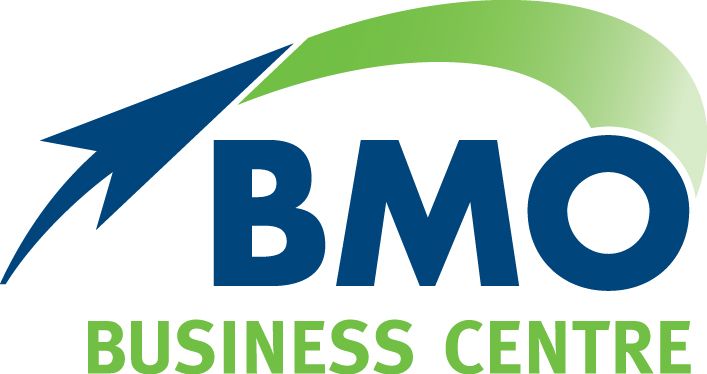SMSFs: What happens if you exceed your super caps
The rules around making some types of super contributions have been relaxed in recent years, so it’s worth exploring the different opportunities available to you before making a large contribution. i
What are contribution caps?
Given the tax-effective environment of Australia’s super system, there are annual limits on how much you can contribute each financial year.
The two main types of contributions are concessional (before-tax) and non-concessional (after-tax) contributions.
Concessional contributions include employer Super Guarantee contributions, salary sacrifice and personal tax-deductible contributions, with the general contributions cap for 2023-24 being $27,500. In some situations , you may be permitted to contribute more if you have unused cap amounts from previous financial years.
If you’re a SMSF member, you may be able to make a concessional contribution in one financial year and have it count towards your concessional cap in the following financial year.
Non-concessional contributions cap
If you use after-tax money to make a super contribution, this is classes as a non-concessional contribution and there is no tax payable when the contribution is paid into your super account.
The general non-concessional contributions cap in 2023-24 is $110,000 provided you meet all the eligibility criteria, such as your Total Super Balance being below your personal limit. Your personal cap may be different.
If you’re age 55 or older, the once-only downsizer contribution cap is $300,000 per person ($600,000 for a couple). These contributions from the sale of your main residence don’t count towards your annual non-concessional cap.
Exceeding your contribution caps
There are different rules for super contributions that exceed the annual caps, depending on the type of contribution.
If you go over the annual concessional cap, your contribution is counted as personal assessable income and taxed at your marginal tax rate, with a 15 per cent tax offset to reflect the tax already paid by your super fund. Your increased assessable income may also affect any Medicare levy, Centrelink benefits and child support obligations.
The excess contributions can be withdrawn from your super fund, but if you choose not to withdraw them, the excess is counted towards your non-concessional contributions cap.
If you don’t or can’t elect to release excess contributions, you could end up paying up to 94 per cent in tax. ii
Exceed your non-concessional cap
Contributions exceeding your annual non-concessional (after-tax) cap are taxed at 45 per cent plus the 2 per cent Medicare levy. This is in addition to the tax already paid on this money.
Before the ATO applies this tax, you are given the opportunity to withdraw the excess non-concessional contributions, plus a notional amount to reflect the investment earnings.
You pay tax on the notional earnings just like personal income, less a 15 per cent offset.
Withdrawing excess contributions
Like most things to do with tax and super, the process for withdrawing excess contributions is fiddly.
If you have an excess concessional contribution, the ATO sends you a determination letter with details of what you need to do, plus an income tax notice of assessment.
You have 60 days to decide whether to have the excess concessional contribution refunded by the super fund and tax deducted by the ATO, or to pay the tax personally and leave the contribution in your account.
Refunding excess non-concessional contributions
For excess non-concessional contributions, the ATO assumes you wish to have your excess contributions and notional earnings refunded in order to avoid paying 47 per cent on them.
The default process is the ATO automatically issues a release authority to your fund and directs it to deduct the additional tax owing and return the leftover amount to you.
If you wish to nominate a specific fund from which the refund should be paid, or leave the excess in your account and pay the tax personally, you must make an election within 60 days of the initial notice.
Call us today to assess how the super contribution caps may affect you.
i https://www.ato.gov.au/individuals-and-families/super-for-individuals-and-families/super/growing-and-keeping-track-of-your-super/caps-limits-and-tax-on-super-contributions/restrictions-on-voluntary-contributions
ii https://www.ato.gov.au/individuals-and-families/super-for-individuals-and-families/super/growing-and-keeping-track-of-your-super/caps-limits-and-tax-on-super-contributions/concessional-contributions-cap
The information in this article does not take into account your objectives, needs and circumstances. We recommend that you obtain investment and taxation advice specific to your investment objectives, financial situation and particular needs before making any investment decision or acting on any of the information contained in this document. Subject to law, Capstone Financial Planning nor their directors, employees or authorised representatives gives any representation or warranty as to the reliability, accuracy or completeness of the information; or accepts any responsibility for any person acting, or refraining from acting, on the basis of the information contained in this document. Principal Wealth Management Pty Ltd trading as BMO Financial Solutions ABN 53 109 336 601 is a Corporate Authorised Representative (CAR 277821) of Capstone Financial Planning Pty Ltd ABN 24 093 733 969 Australian Financial Services Licence (AFSL) No. 223135.
The post SMSFs: What happens if you exceed your super caps appeared first on BMO Accountants.

Contact Us
PH: 07 4662 3722
FAX: 07 4662 5975
178 Drayton Street (access via Hogan Street) Dalby
Useful Links
Stay in Touch
Footer Contact Form
We will get back to you as soon as possible
Please try again later
All Rights Reserved | BMO Dalby | Website design & development by Hey Marketing

